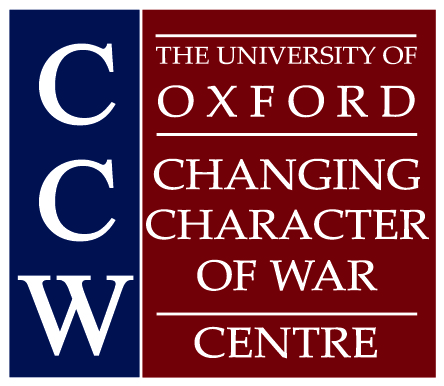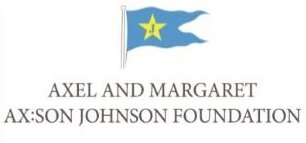Change With Chinese Characteristics: Modernization and Orthodoxy in The People’s Liberation Army
Philip Reid
As the modernization of the People’s Liberation Army (PLA) continues in the ‘period of strategic opportunity’, Chinese defence writings and official statements have disavowed the legacy of the early communist era when national strategy relied on the country’s traditional demographic and territorial advantages. The 2013 Science of Military Strategy published by the Chinese Academy of Military Sciences (AMS) for example, states a need to change the concept of a ‘continental military’. The government’s 2015 Defence White Paper proposes eschewing the ‘traditional mentality that land outweighs sea’. These statements have been embellished by a strand of Western commentary that, in sensationalizing Chinese ‘pockets of excellence’, has contributed to the PLA’s modernization being perceived as a fait accompli. The PLA’s ‘continental’ legacy however is less attributable to its early-revolutionary leadership, than the embodiment of a much deeper tradition. The five centuries of internecine conflict that preceded the establishment of the Han dynasty, would produce a body of literature that has for more than two millennia informed the use of terrain, deception and manoeuvre, and located the halcyon reference for China’s ‘lost martial culture’ firmly in the country’s vast interior.





